Even before 2020’s unprecedented events, 4.7 million people were already working remotely – and the Coronavirus pandemic has led to a significant increase.
All the signs are that remote or hybrid working is likely to stay, as more companies realise the benefits. One survey reports that 68 per cent of large company CEOs are planning to downsize their office space, while 77 per cent of remote employees say they’re more productive when working from home.
A remote workforce means fewer overheads, no need for lengthy commutes or overseas travel, and a better work-life balance for employees. Hybrid working can offer the best of both worlds, offering the flexibility to work from anywhere but still maintaining a small physical workplace with hot-desking and a bring your own device (BYOD) policy.
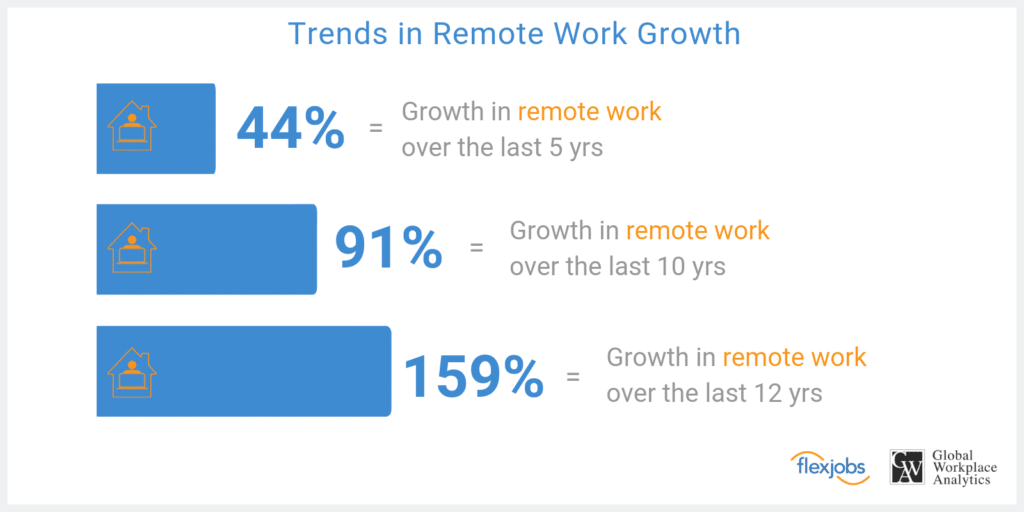
The potential benefits are clear but remote, and hybrid working is not without their own unique challenges. Moving to either of these new working ways can be a steep learning curve for traditionally office-based businesses.
And this “new normal” comes with a whole new set of guidelines, which remote and hybrid teams need to learn to make the transition as smooth as possible, and avoid any possible pitfalls.
Whether you are part of an established business or a small startup, this article will give you some valuable etiquette tips to make remote and hybrid working work for you.
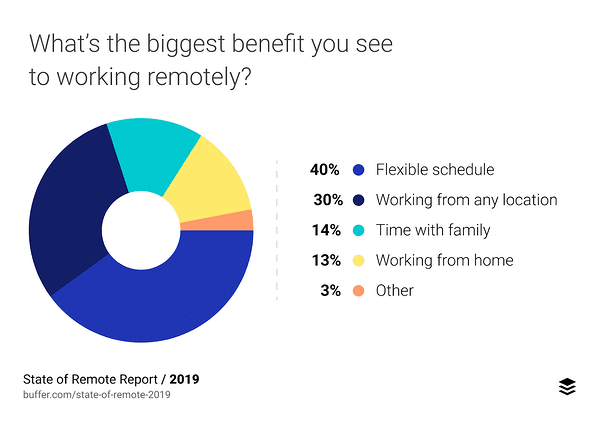
Scheduling, Punctuality, and Time Zones
Punctuality is just as important in remote work as it is in the physical workplace. In fact, perhaps more so. If you’re working from home, you can’t use the excuse of getting stuck in traffic, missing the train, or not finding a place to park.
If you’ve got a virtual meeting or a call scheduled, make sure you’re prepared for it with plenty of time to spare, with your device switched on, apps open, video, and audio working.
Of course, everyone knows that sometimes life gets in the way, and unforeseen circumstances can throw you off schedule – especially if you have family commitments. But don’t just join the meeting late and flustered. If something happens that makes a delay unavoidable, let your colleagues know as early as you can.
Planning work schedules ahead of time can help avoid problems with punctuality. If meetings are set up a week or even a month in advance, team members will be able to see if there’s a scheduling clash and rearrange a meeting if necessary.
Remote and hybrid working offers companies the opportunity to operate with a global workforce, bringing challenges of its own. The main aspect to consider here is time zones.

To help with smooth planning, you should always define the time zone when arranging a meeting or a call. This saves colleagues from contacting you to determine whether you meant 9 am in the UK or the US. Learning the abbreviations for time zones is a handy tip.
Make sure you’re aware of the different time zones in which your colleagues and clients are operating. Nobody wants their device to ring or ping in the middle of the night. Don’t expect immediate responses if someone is working in another part of the world, and don’t be tempted to send a second “friendly reminder” if you haven’t heard back from them during your own workday.
Efforts to schedule meetings in your guests’ time zone will be appreciated, especially if you’re hoping to impress a potential client or business partner. Another way around the time zone issue is to rotate meeting times, so the same team doesn’t have to compromise on every occasion.
However, if huge time differences mean that it’s actually impossible to schedule a meeting with everyone present, remember that most video conferencing apps allow you to record a meeting or generate a virtual transcript which can be shared later with those who couldn’t attend.
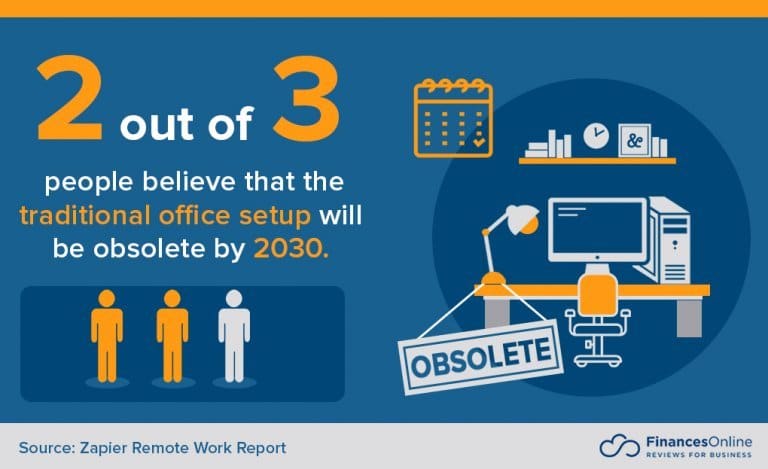
Online Meetings and Conferences
The availability of high-quality video conferencing software is a real boon for remote and hybrid working, as scheduling and joining online meetings is a simple process.
But it’s important to remember that virtual meetings have their own etiquette, which should be followed to maintain the right level of professionalism.
Firstly, you should aim to create a work environment wherever you are. Don’t make or accept calls (audio or video) in a busy place with background noise. If you’re out somewhere and find yourself in a noisy place, or if you’re at home and the neighbour starts mowing the lawn or revving up a motorbike, don’t be afraid to ask the caller to reschedule when things quieten down.
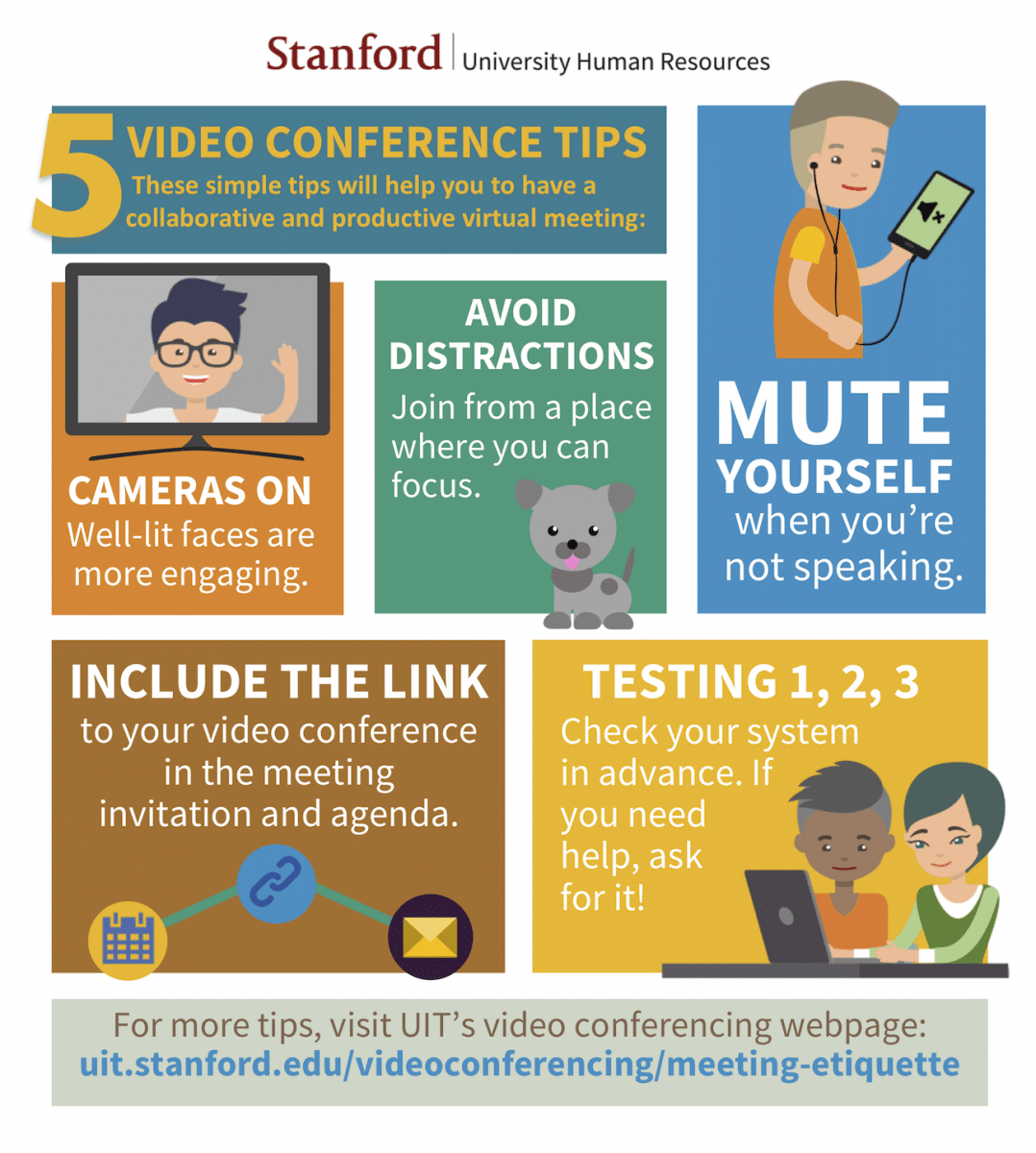
If you’re working from home, make sure you set up a designated place for work. Your home might not have a study, but you could use a separate room with a closed door, away from any distractions. This will also help you to distinguish your work life from your home life.
Do your best to keep your surroundings looking professional. A blank wall, a tasteful painting, or a bookshelf works well. Don’t let people see a pile of dirty laundry or the kids’ toys in the background!
Decent lighting is also essential. You can check this by doing a test video. Angle your device correctly, so you (not your ceiling or floor) are front and centre.
It’s fine to stay in your pyjamas all day if nobody’s going to see you, but for a video conference, you should make an effort to wear work clothes. This includes your lower half – you never know if you’re going to have to get up from the screen, so don’t be tempted to pair a shirt and tie with trackie bottoms (or nothing at all!). Dressing the part, even in the home office, will also help you get into the right frame of mind for work.
If you’re going to be on a long call, prepare by making a drink and using the toilet before starting. Eating while on a call is a no-no as it looks unprofessional. The same goes for the temptation to multitask, such as taking other phone calls or replying to messages on a different screen – even while you’re on mute.
Speaking of which, it’s best to keep your microphone on mute until it’s your turn to speak, to avoid any possible background noise. Nobody needs to hear you clearing your throat or slurping your coffee. It also helps with the quality of the call if everyone except the current speaker is muted. Some apps have a “raise hand” function so that the host can spot someone trying to contribute.
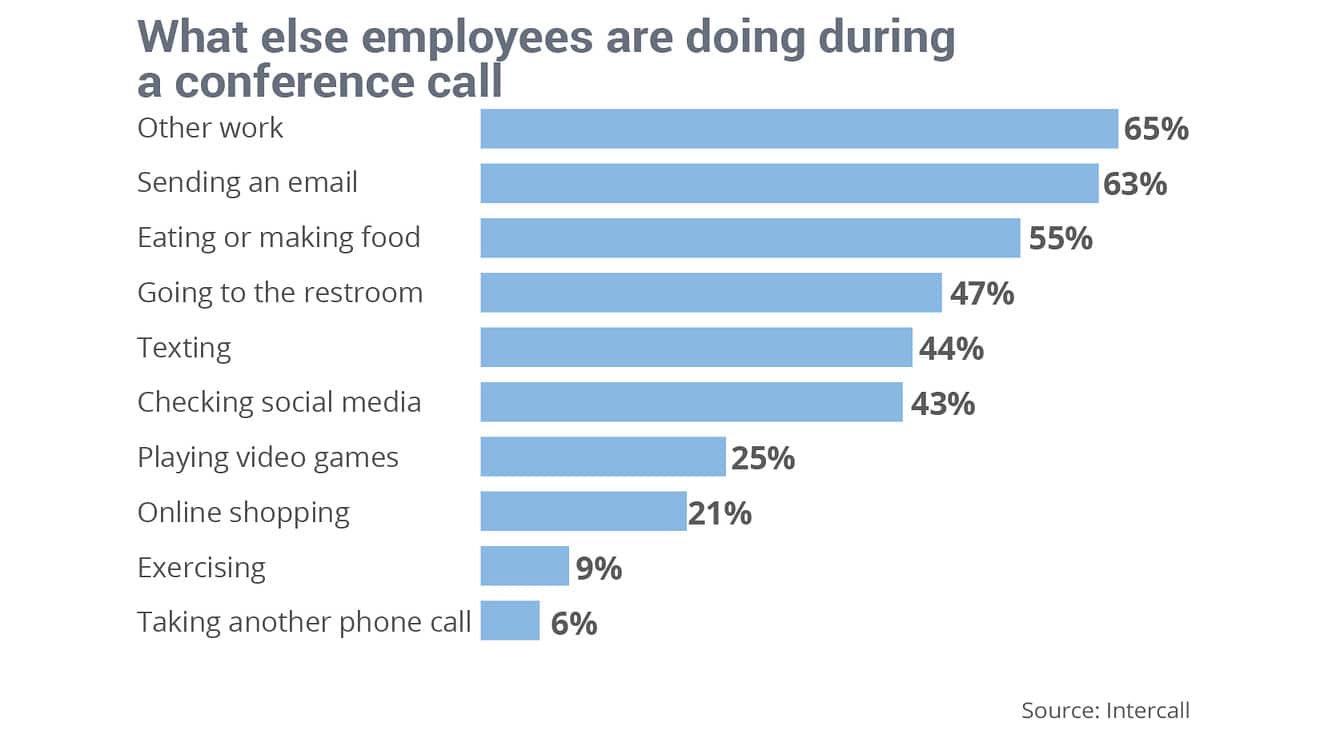
Maintaining eye contact with people on the screen is an important part of remote work etiquette, as is body language. Try to look as if you’re interested at all times, not staring off into space or chewing on the end of your pen.
Be aware of facial expressions – you might get away with eye-rolls on an audio-only call, but not on video. Make sure you look alert and fully awake, even for early morning calls.
We’ve all had to get used to a lot of new technology lately, and it can take some breaking-in. Before your call, make sure you know how to use the software, and that the equipment is working correctly.
It’s simple to test the audio and cameras on your device, or even make a test call. Your colleagues will get annoyed if they have to wait around while you yell “can you hear me now?” into the mic, wasting everyone’s valuable time.
We all know computers are not infallible, so testing in advance will help you find out if there’s a problem, and you can let others know in advance that you may need to reschedule. If you’re taking a conference call in your vehicle, test the signal strength and try to find a place where it’s not going to cut out.
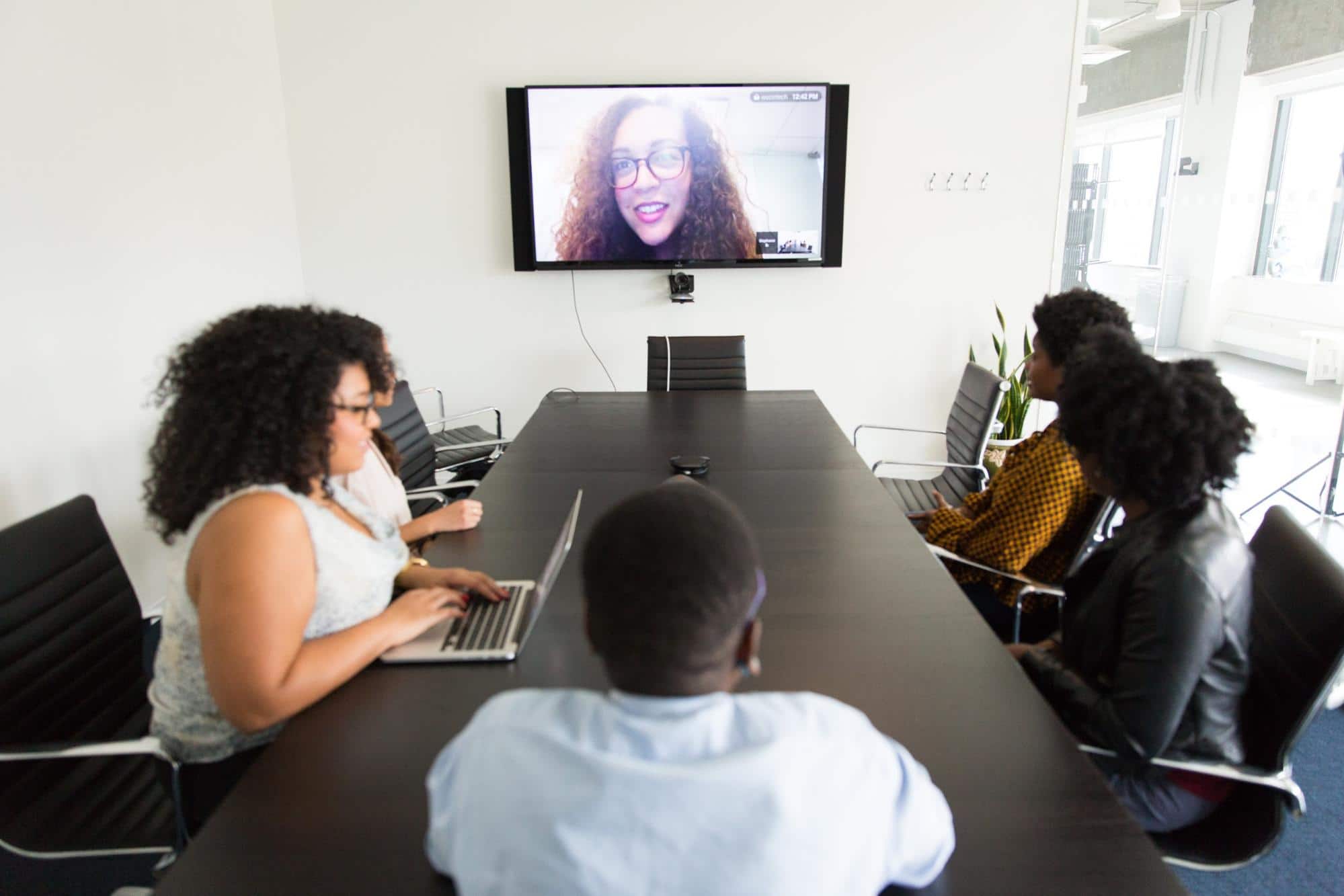
In a video call, you can learn to pick up on visual cues. If another person seems harassed or busy, keep the meeting short and to the point. Use an agenda and stick to it.
If you’re hosting, send the agenda and any other relevant material to attendees beforehand. Ensure you have all relevant paperwork close at hand, so you don’t waste time searching for it. Most video conferencing software has a screen-share option for sharing digital material.

They also have backgrounds and filters, which can be fun when chatting with family and friends. It’s best, though, to keep these out of professional meetings, unless you’re with a particularly close group of colleagues or the meeting is deliberately informal.
Likewise, the private chat function on video meetings has its uses but can be massively distracting when you’re trying to listen to what one person has to say.
Hybrid working means hybrid meetings, where some employees are physically present, and others are joining in via video or audio link. If this is the case, make sure everyone gets a chance to speak, and that the virtual colleagues don’t get left out of the discussion.
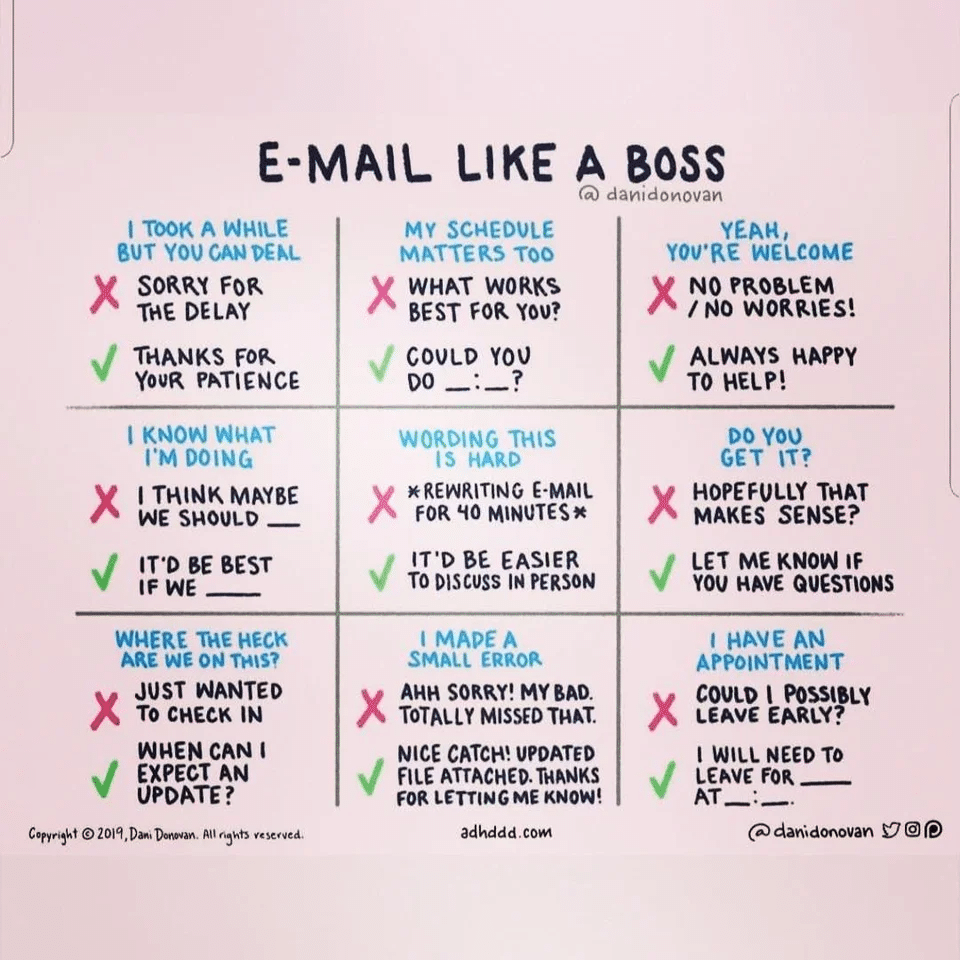
Communication: Email and Live Chat Manners
Today’s technology has given us plenty of communications options to choose from, and you need to pick the most appropriate method for the person or topic you’re dealing with. Sometimes a quick message is all that’s required, but other times you’ll need to convey more detailed information and think carefully about what you’re typing.
Forgetting to turn off the caps lock in emails is a rookie error, but I’m going to use caps for this next point: ALWAYS PROOFREAD YOUR MESSAGES! It’s amazing how many people don’t do this. It looks so unprofessional to see spelling, grammar, and punctuation errors, let alone using the wrong word entirely.
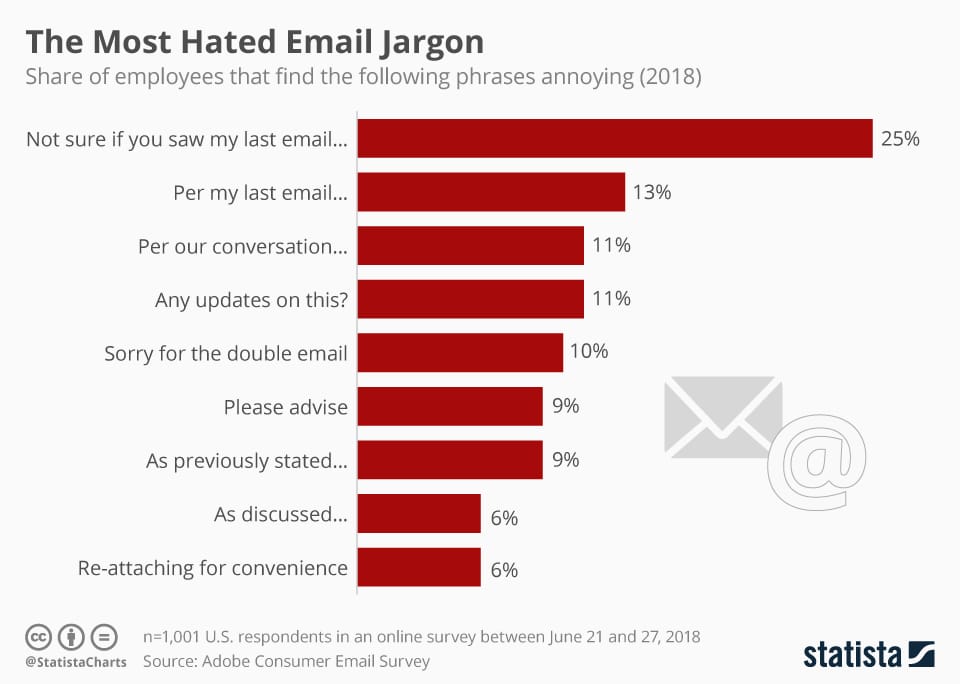
This should go without saying, but make sure you spell the recipient’s name right. Use BCC to protect people’s privacy, and don’t accidentally select “Send to All”! Use the email’s subject line to define what it’s about and set the urgency level so that it’s easy to search for later.
While emails are often the modern equivalent of a formal letter, there’s sometimes a tendency to see instant messaging as the informal option. But in a work context, these messages should remain just as professional as any other type of communication.
Even if you’re very friendly with a colleague, don’t send each other funnies or general chit-chat while you’re in work time – especially if using a company device. Also, if you’re conversing with a colleague or client, you don’t know too well, keep messages professional: no kisses, LOLs, or emojis.
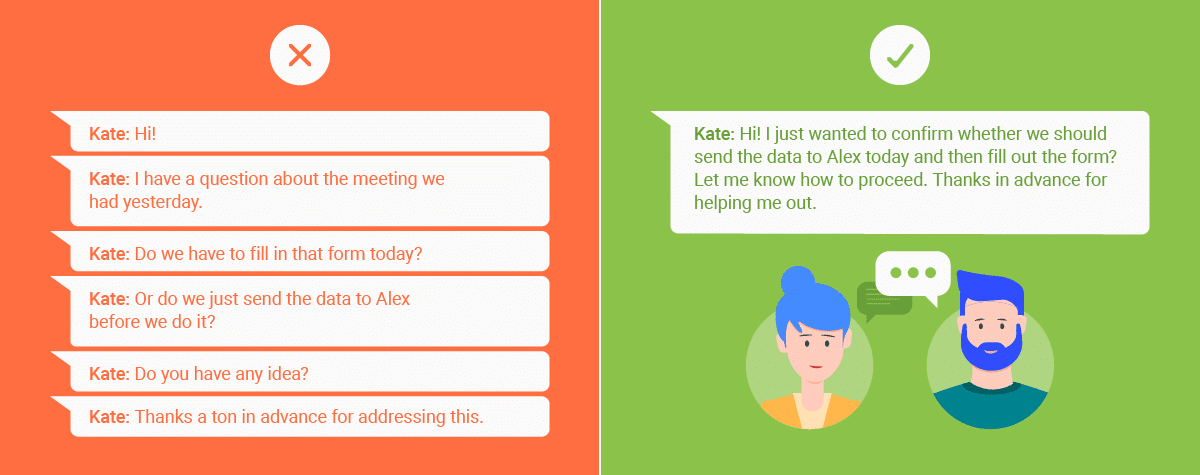
A phone chat can save time in certain circumstances, answering a simple question instead of back-and-forth emails or messages. It’s not always suitable when working across different time zones, or if you’re on the road without any signals.
And for more detailed or difficult conversations, face-to-face is often the best option. This might be in person if you and your colleague are close enough to meet, or a video chat.
Please get to know your colleague or guest, find out what they’d prefer, and what the optimum times are for each communication type. If it’s late in the working day, don’t start an in-depth phone call – an outline email might work best as they can follow it up the next morning.
When it comes to remote and hybrid work, best practices, communication and collaboration between team members are crucial. Remote workers can sometimes feel left out when they can’t participate in the old cliché of a water-cooler chat, so using a communications app will ensure everyone is included.
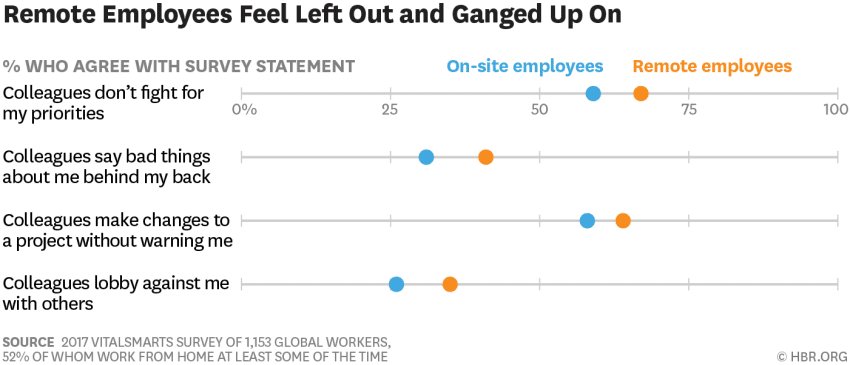
In remote working, there can be a tendency for people to go off at a tangent without explaining their thinking to colleagues as they would in an office situation. Collaboration tools are a great way to keep track of what everyone’s doing and make sure you’re all singing from the same hymn sheet.
A remote worker may need to access documents in the hybrid system, which a physical employee could scan and send. Consider setting up a “buddy system” for hybrid working, so that remote workers have a specific point of contact instead of ringing round to find someone who can help.
If you’re the manager, do check in with your remote team to make sure they’re happy and productive and have all the resources they need. Don’t be tempted, though, to micromanage just because you have all these communication tools at your disposal.
Constantly sending messages asking how your employee is getting on with a project may imply that you don’t trust them. And it interrupts their workflow if they have to keep updating you. A status-update email in the mid-point of a project would work better.
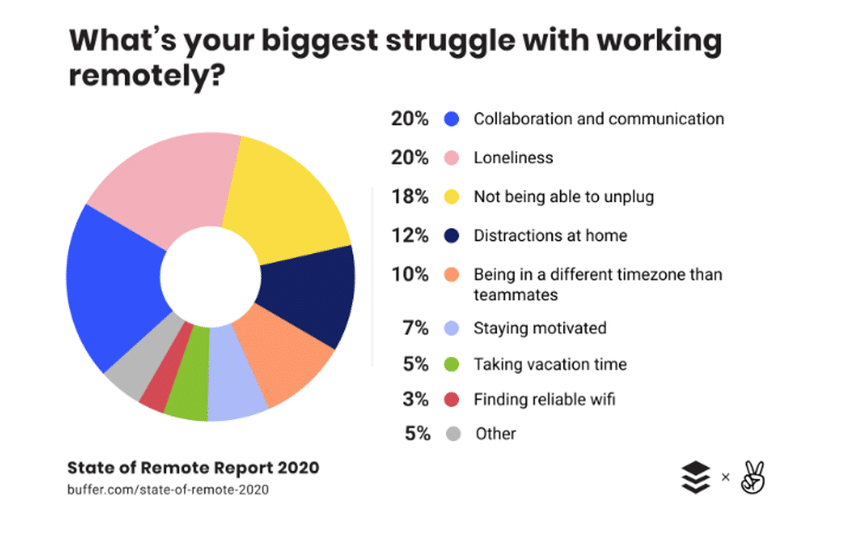
Remote working requires a certain amount of trust – and an understanding that the way of working is different from that of the traditional office. Remote workers are more likely to be working flexible hours, but as long as they complete the work by the deadline, you shouldn’t worry about whether they stay at their desks from 9 to 5.
It’s worth repeating this: communication is the key. Managers should outline their expectations, and employees should apprise colleagues of their availability on a given week or day. Post work hours in an online calendar, block out the hours you won’t be working and use automated out-of-office responses suggesting an alternative point of contact.
Boundaries: Off Hours and Cultural Differences
Managers shouldn’t expect remote workers to put in more hours than usual, just because they’re not in a physical workspace. If someone would work an eight-hour day in the office, they should only be expected to put in the same amount of time working from home or anywhere else.
Not so many years ago, a work email would only appear on your work computer, and you’d only be able to access it from the office. These days, emails and other messages ping through to mobile devices at any time or the day or night. In many cases, the worker is expected to be available to answer them.
Even if that’s not the case, workers can still be tempted to read or reply to work messages beyond their regular hours. If only to keep on top of things and give themselves less to worry about for the next day.
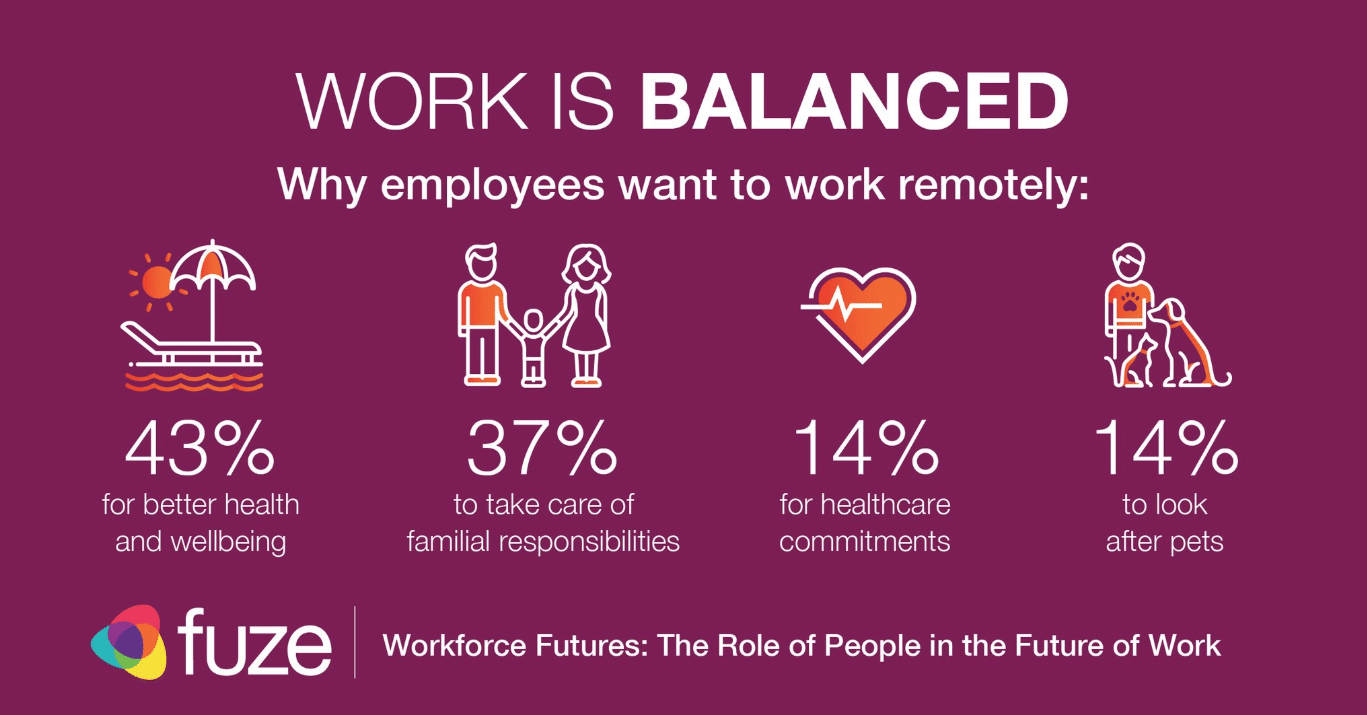
This is not what the work-life balance is meant to be about. Unless you’re in the kind of business where you actually need to be on call, you shouldn’t have to think about work communications in your own time.
It’s a difficult balance to achieve when BYOD culture means we use the same devices for both work and leisure, but the discipline of literally switching off from work outside of contracted hours will bring less stress in the long run.
Colleagues working in different time zones will, of course, be logged in at different hours of the day. But if everyone is aware of each other’s hours, they can avoid sending messages or calling inappropriate times. Turning off notifications on messaging apps will also help to avoid disturbances during off-hours.
The rise of remote working has enabled companies to employ a truly global workforce, and this means that there are likely to be some cultural differences between colleagues. It’s well worth taking the time to get to know these differences – and the individual colleagues themselves – to avoid any awkward misunderstandings.

For example, a joke or a sarcastic comment that would get a laugh in your country may actually come across as an insult in another. Be particularly mindful of religious differences. In fact, it’s best to avoid potentially controversial topics such as religion, politics, or sex.
Body language is important here, too. The innocent hand gestures we take for granted, such as the thumbs-up sign, could have different connotations in some parts of the world.
Of course, this rule could also be applied for colleagues within your own country. Not everyone will have the same sense of humour or outlook on life, so avoid joking around or making opinionated comments unless you know the team very well.
You also need to be aware that different countries and religious groups have different holidays and celebrations. Make sure your work calendar highlights all of these so that you can plan around the times when your global colleagues will be taking time off. That way, you won’t expect an immediate response during another country’s public holiday, and overseas colleagues won’t send you a work email on Christmas Day.
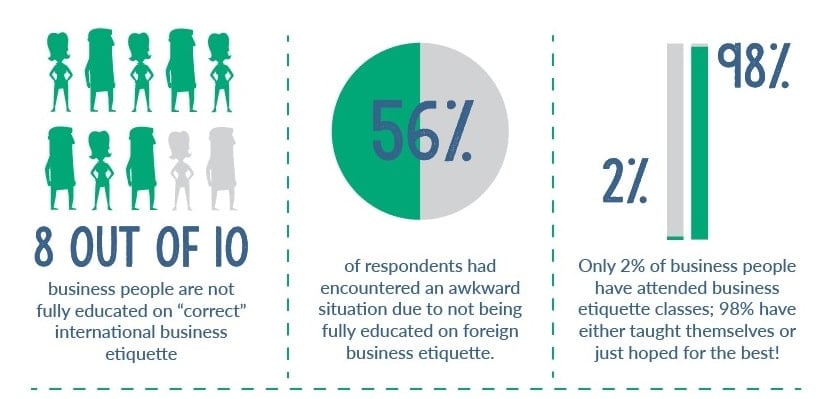
Conclusion
Since remote and hybrid working will likely stick around even after Covid-19 has passed, your company should be using the right tools to ensure the process runs smoothly.
Employees could be offered training on the essential etiquette or some written guidance on hybrid or work-from-home best practices.
We’ve said it before, and we’ll repeat it, communication is the key. Stay in touch with all team members, and get to know colleagues at home and overseas. You could even hold virtual social events, just as you would in a physical office.
Making remote and hybrid work etiquette part of everyday working life will help create great relationships across the whole team, wherever in the world they’re located.
Originally published Jan 25, 2021, updated Jan 17, 2023



